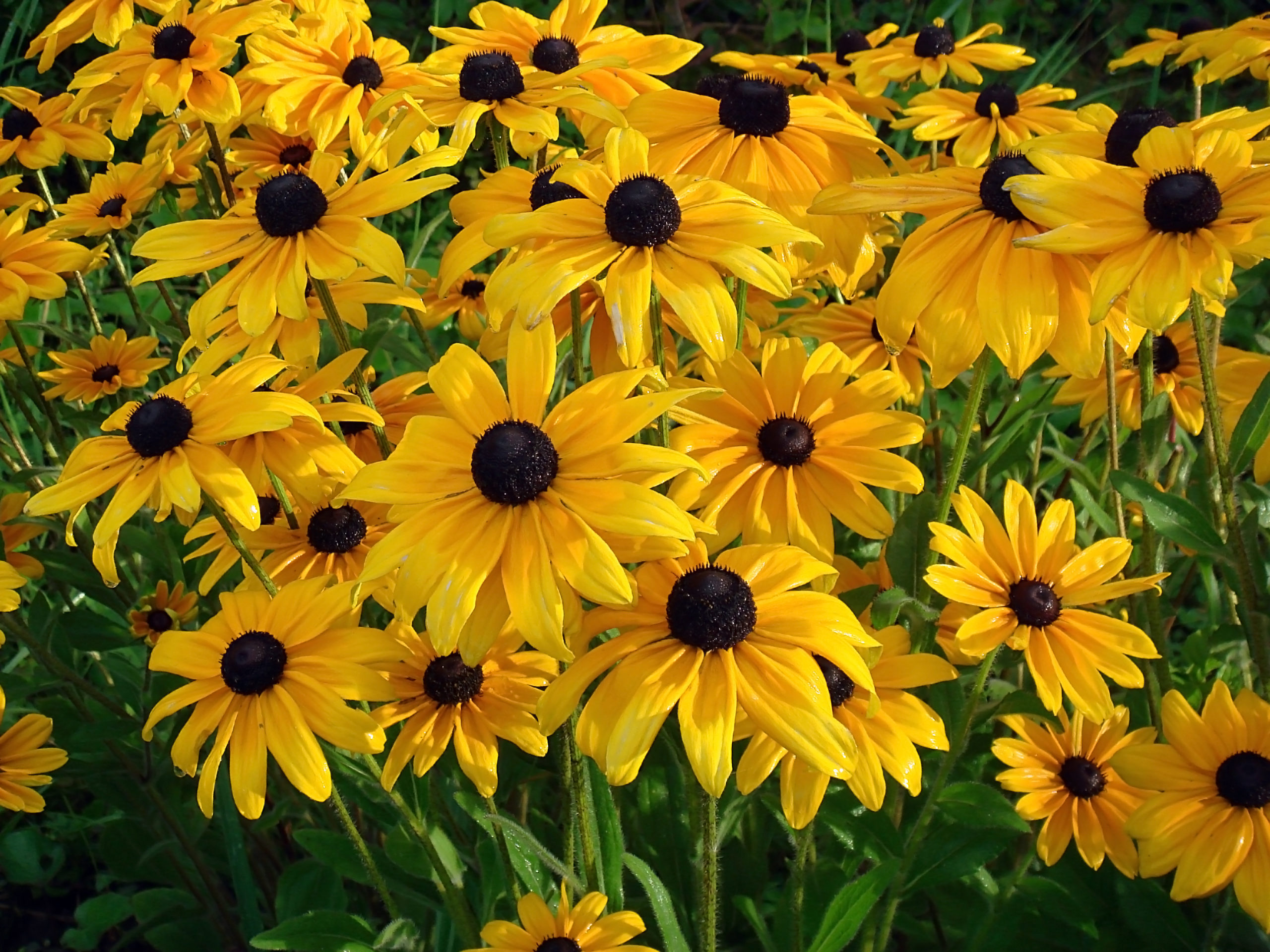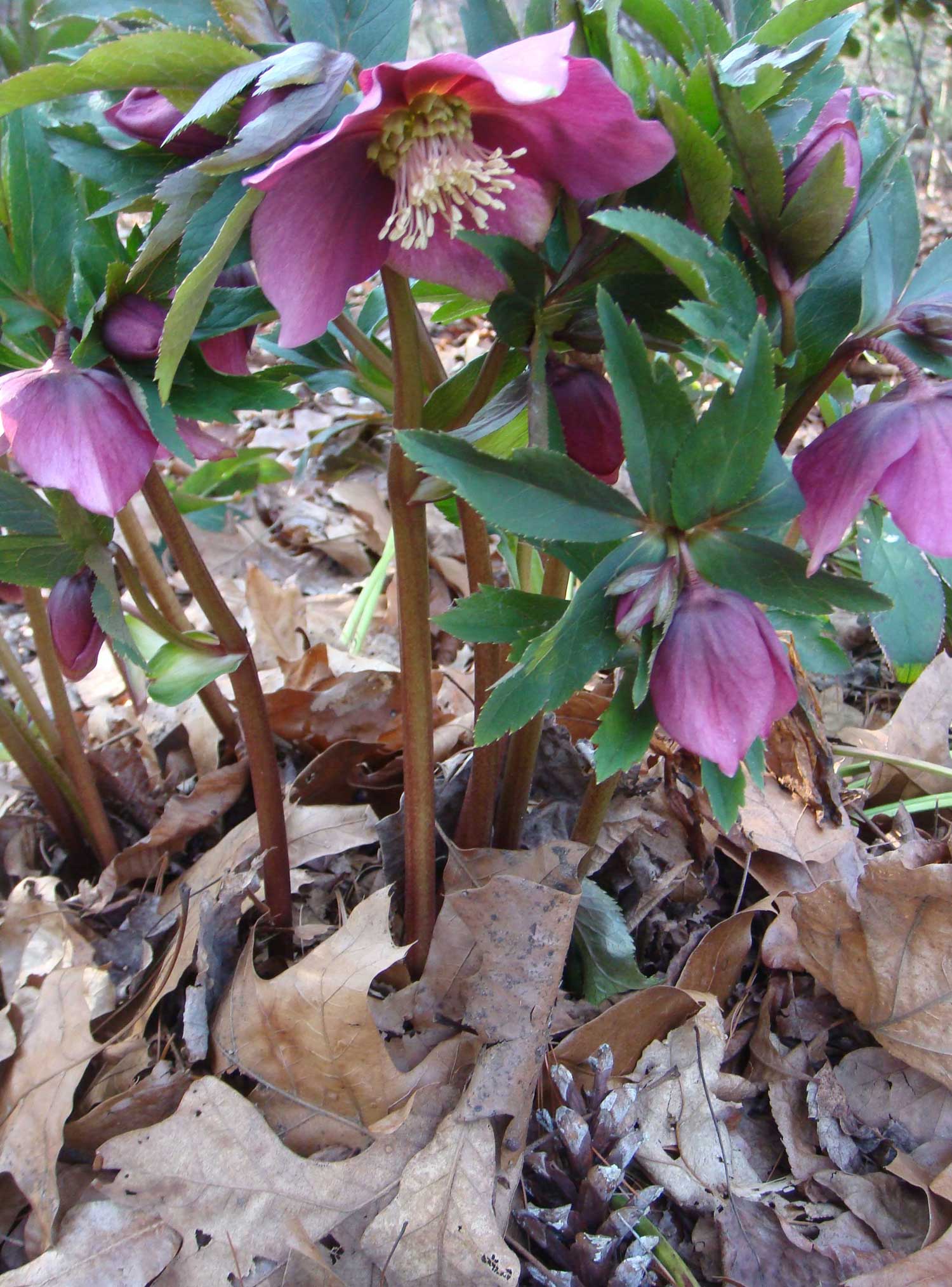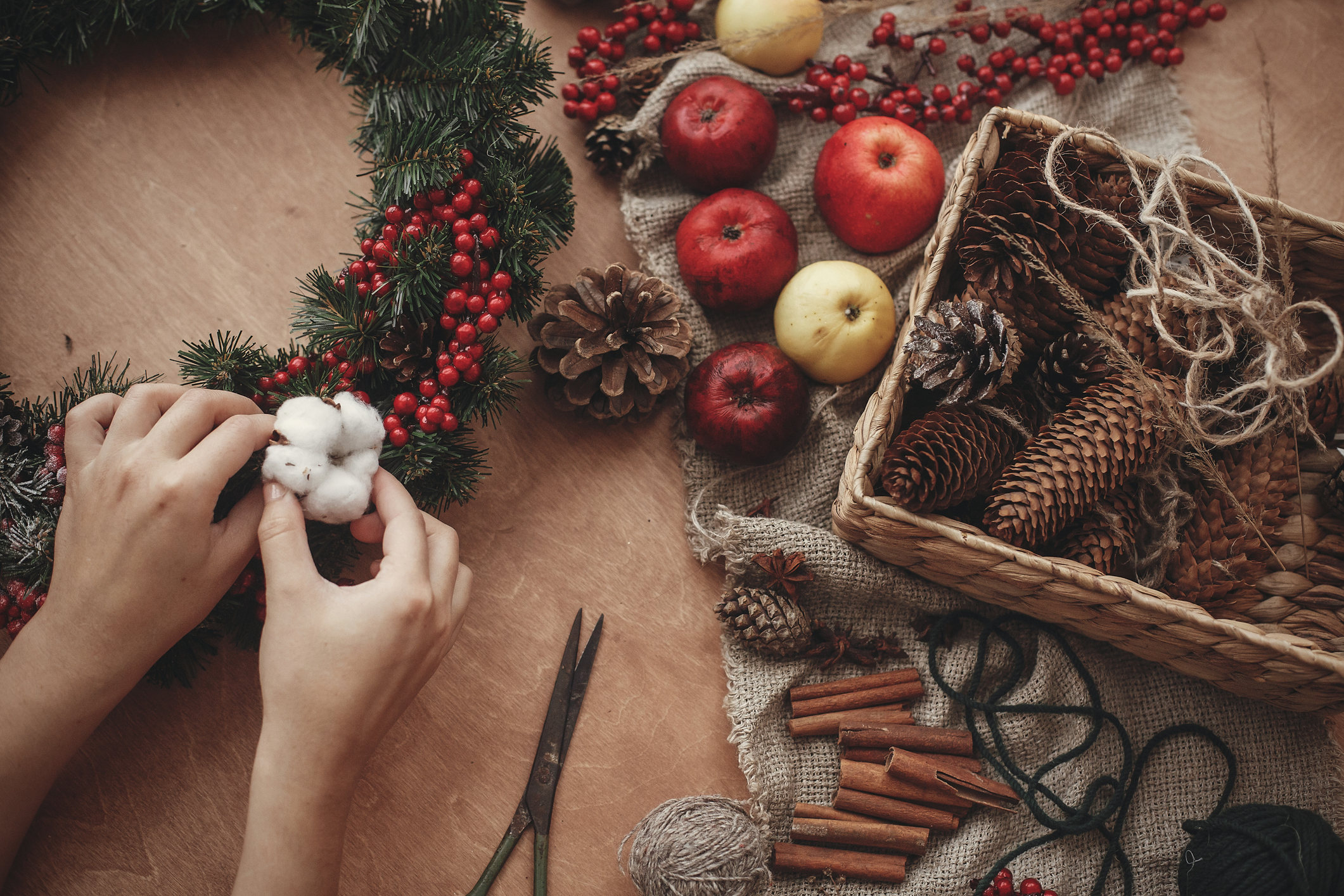Spring is a great time to put in new perennials. The ground is warming up; there’s plenty of rain; and it’s not too hot yet. This year, consider planting natives that work in the Bedford area. These plants will support the local ecosystem, draw wildlife and pollinators to your yard, and thrive without much maintenance.
Native Perennials
Native gardens are increasingly popular for many reasons. It’s better for the environment to plant native species over non-native or invasive plants. The local wildlife will thank you, and as the gardener you’ll enjoy the benefits of an easy, low-maintenance garden. Here are some Northeast Ohio natives to try this year:
- Black-eyed Susan. This pretty wildflower is very easy to grow and tolerates dry soil. You’ll get cheerful yellow flowers for most of the summer and plenty of bees, butterflies, and birds.
- Butterfly weed. Don’t let the name put you off; this is a pretty plant with bright orange blooms that attract butterflies. It tolerates drought well and is deer resistant.
- Swamp milkweed. If you have a wet area of the garden, try this pretty flower. It grows clusters of small pink blooms on stems that can be as tall as three feet.
- Blue false indigo. Early settlers to the area used this plant for blue dye. The purple flowers grow on tall spikes and resemble pea blossoms.
- White wood aster. Choose white wood aster for a difficult shady spot. It produces clouds of little white flowers that resemble daisies. While it tolerates shade, make sure this plant gets at least a couple hours of daily sun.
- Blue flag iris. This is a hardy perennial with striking, deep blue-purple flowers. It grows naturally along streams and in wet meadows, so it prefers wet soil.
- Columbine. Wild columbine is native to Ohio and comes in a variety of colors. Hummingbirds love the flowers and you’ll also get pretty red foliate in fall.
- Blazing star. Use this tall perennial (up to five feet), as a backdrop in beds. It produces frilly purple flowers in July and August.
How to Plant Perennials
Perennials will last longer and stay healthier if you give them a good start. The first step is preparation. Arrange the potted plants in beds to determine location, keeping in mind sunlight requirements. Prepare the soil by turning it and adding compost or other organic material. Keep the potted plants well-watered before putting them in the ground.
Dig holes for the plants that are a little deeper than and twice as wide as their current containers. Remove the plant from the pot and break up the roots so they are not compacted into a tight ball. Place the plant in the hole and fill in with soil. Gently pack down the soil and give the plant a good watering.
Keep watering your new perennials on dry days throughout the first growing season. By next year, they should have nicely established roots and will require little care. Enjoy the native garden and local wildlife it attracts.






